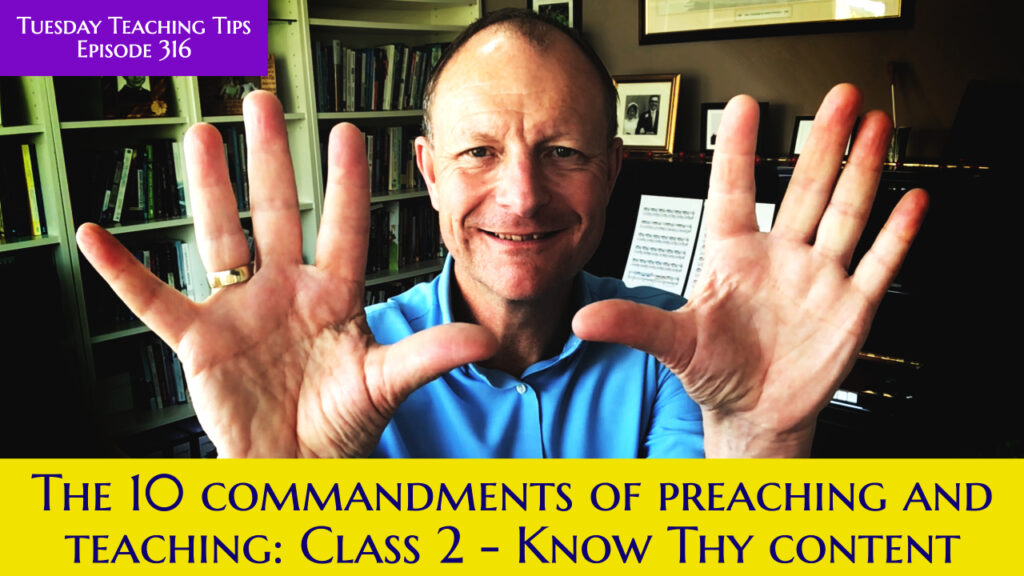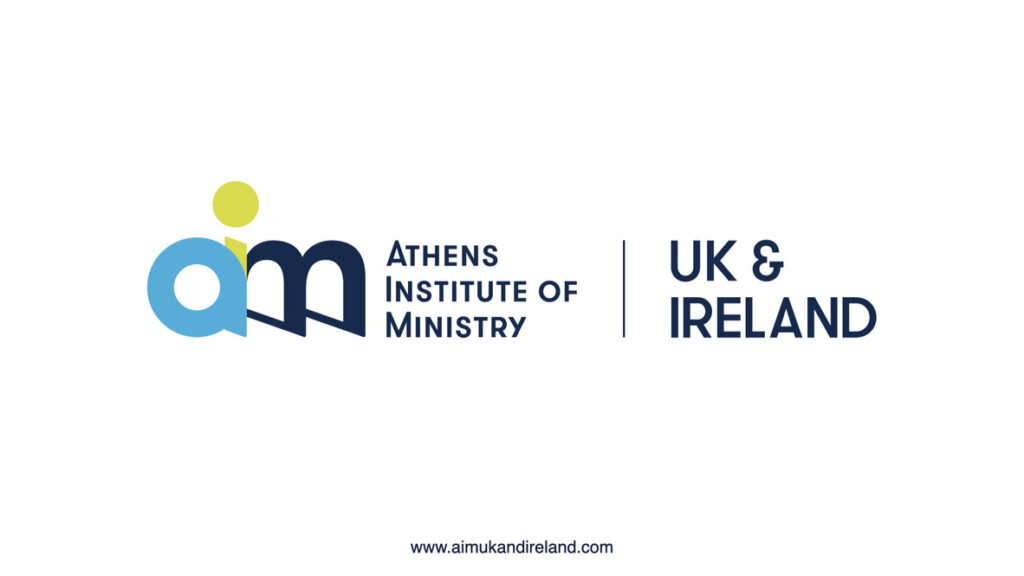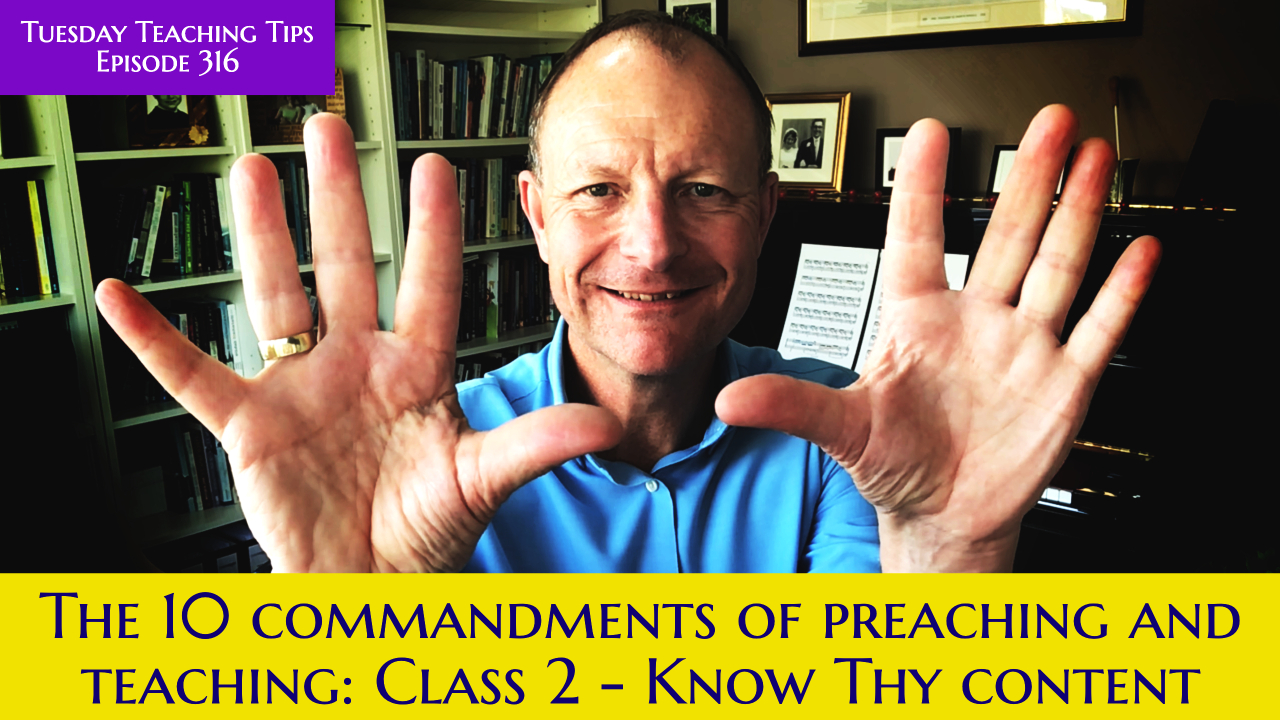Know thy content, backward and forward, for your students’ respect and attention begins here.

Introduction
We all wish to be like Paul and Barnabas: “At Iconium Paul and Barnabas went as usual into the Jewish synagogue. There they spoke so effectively that a great number of Jews and Greeks believed.” (Acts 14:1 NIV11)
This series aims to help us in our effectiveness. Today we tackle the first ‘commandment’.
Know thy content, backward and forward, for your students’ respect and attention begins here.
Before we progress to the practicals, it is important to grasp two points
- Mastering content is not the same as mastering a topic. The reality is that none of us ever know everything it is possible to know about a subject. But, you can master the content of your lesson.
- Your ‘content’ is a combination of what you want your listeners to interact with — the facts and information you feel will be helpful to them and to which you hope they will react — and the material that you hope will aid their interaction with that information (illustrations, stories etc). As an example, in Acts 2 Peter’s speech causes his listeners to interact with the facts of the death and resurrection of Jesus, come to an understanding of the implications of those facts, and take action — 3,000 are baptised. He uses a combination of resources (Old Testament prophecy), appeal to their own experience (vv22, 33), personal testimony (v32), promised outcome (vv38-39), warning and pleading (v40).
Methods for mastering your content
- Get clearer on your main point. If you have several main points you have more complexity, interrelated material and content. Keeping all that in your head as you teach will be a challenge. Extra material might be better off in a handout. If you have one main point and all supplementary material either flows from it or points back to it, you will find mastering your content much easier – as will your listeners.
- Teach less material. People are more often upset if they are overloaded with material than the reverse. ‘Leave them wanting more’ is a good maxim.
- Teach less often. Develop a preaching and teaching team so that you have bigger gaps between your lessons, giving you more time to prepare.
- Delegate other responsibilities. As above, this will create more time and space for your preparation.
- Start earlier. I begin January’s teaching series in September the previous year.
- When in preparation mode use tools that work for you in achieving clarity. I currently use a combination of an app called Milanote, mindmaps and Keynote. I begin with a mindmap to tease out all the relevant connected ideas to a text or topic, progress to dumping all images, a/v and main ideas into Milanote, and move on to composing draft slides in Keynote to help me see if the information flow makes sense. Only after that do I write the lesson.
I would like to know what you think of these methods. What is missing? Which ones interest you the most?
Conclusion
Next week we progress to the second commandment: ‘Proper Planning and Preparation Prevent Poor Performance.’
Please add your comments on this week’s topic. We learn best when we learn in community.
Do you have a question about teaching the Bible? Is it theological, technical, or practical? Send me your questions or suggestions. Here’s the email: malcolm@malcolmcox.org.
If you’d like a copy of my free eBook on spiritual disciplines, “How God grows His people”, sign up at my website: http://www.malcolmcox.org.
Please pass the link on, subscribe, and leave a review.
“Worship the LORD with gladness; come before him with joyful songs.” (Psalms 100:2 NIV11)
God bless, Malcolm



